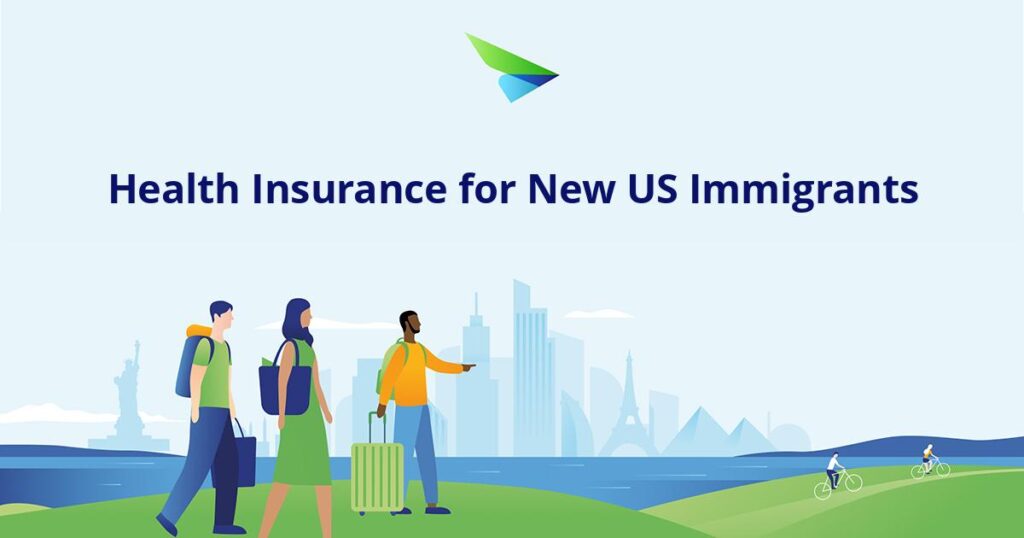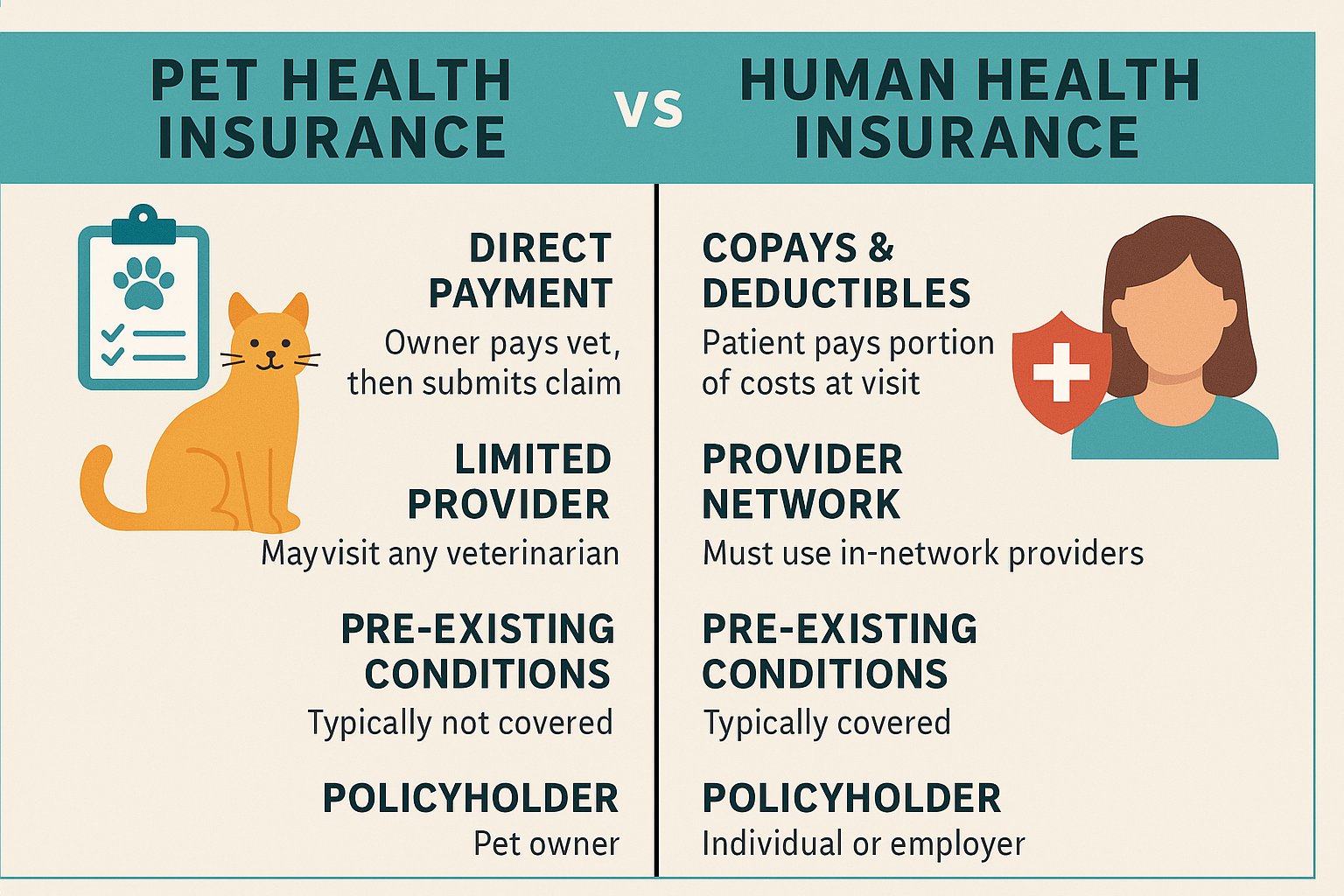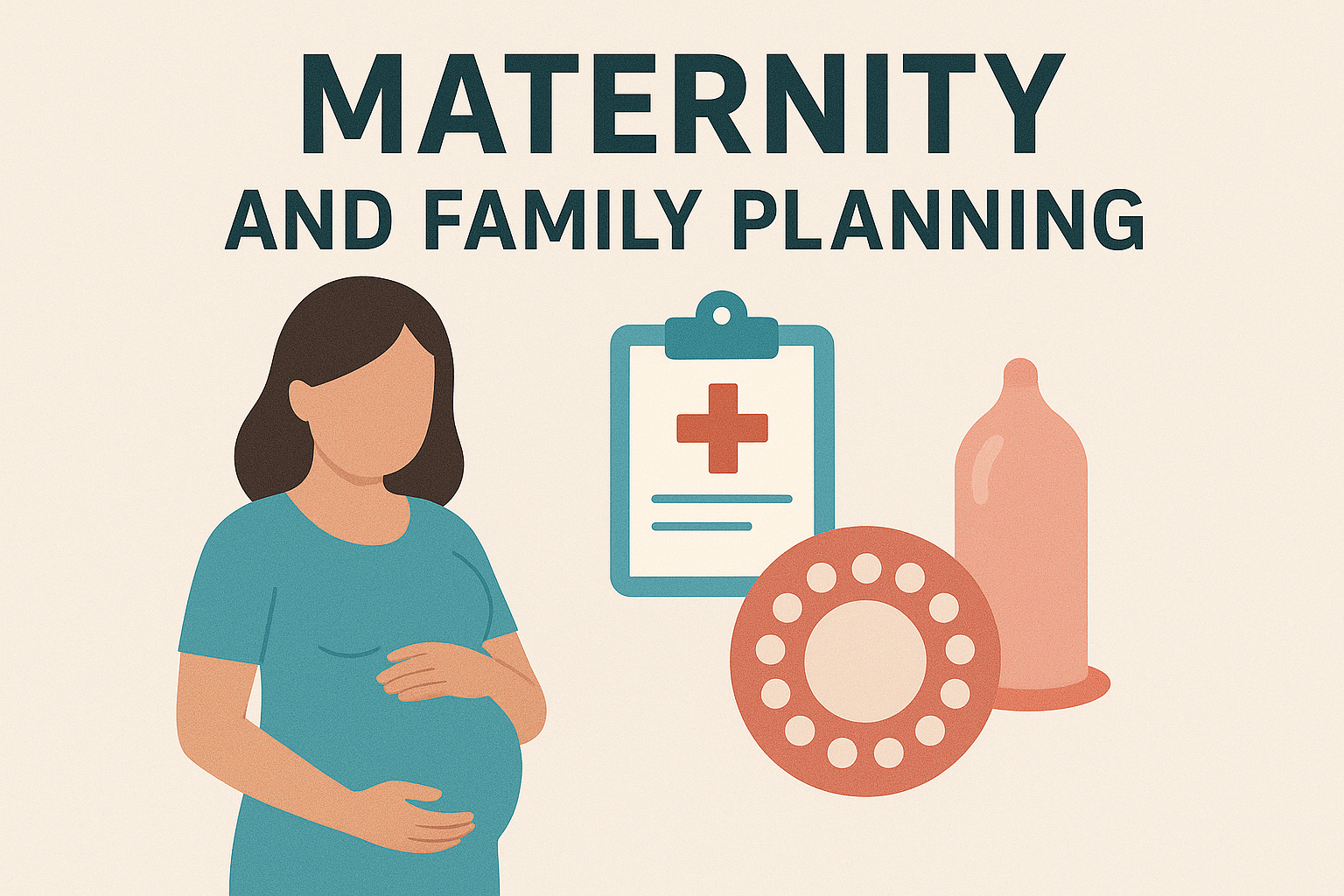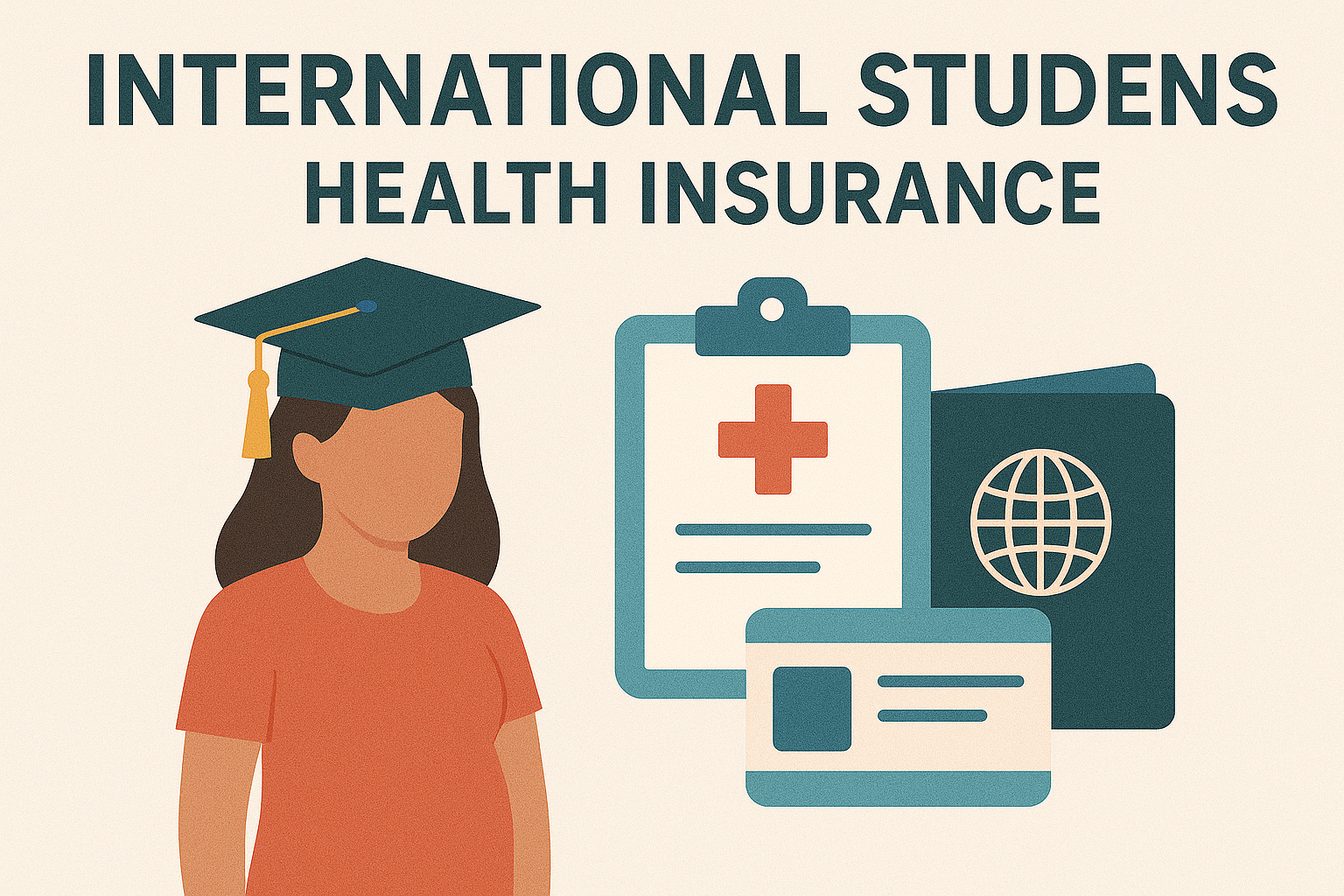
What New Immigrants Need to Know About U.S. Health Insurance
Understanding the U.S. health insurance system is one of the most important—and often most confusing—challenges that new immigrants face. Unlike many countries with public healthcare systems, the United States relies on a combination of private health insurance, employer-sponsored plans, and government programs. As a new immigrant in 2025, navigating your healthcare options requires a clear understanding of how coverage works, who qualifies for which plans, and how to avoid high out-of-pocket costs. Without proper insurance, even basic medical services can result in overwhelming bills, making it essential to become informed and proactive about securing the right plan as soon as possible.
In the U.S., health insurance is not automatically provided by the government for everyone. Instead, coverage is obtained through employers, private insurance marketplaces, or public programs like Medicaid and Medicare. Many immigrants first encounter the concept of health insurance during the green card or visa application process, where proof of insurance may be required to avoid becoming a “public charge.” Once in the country, immigrants must assess their eligibility for health coverage based on their immigration status, income, and state of residence. Lawfully present immigrants, including green card holders, refugees, asylees, and individuals on certain work or family visas, are typically eligible to purchase insurance through the Health Insurance Marketplace.
The Affordable Care Act (ACA) has made it possible for many immigrants to access subsidized health insurance through the federal or state marketplaces. These subsidies, based on income and family size, help reduce the monthly premiums and out-of-pocket costs for coverage. Even recent immigrants with incomes too low for premium tax credits may be eligible for Medicaid in states that have expanded the program. However, most immigrants must wait five years after receiving legal status to qualify for Medicaid unless their state offers more inclusive policies. Some states, such as California and New York, provide state-funded programs that extend Medicaid-like benefits to immigrants regardless of their status.
One key factor to understand as a new immigrant is that emergency care in the U.S. is provided regardless of insurance or immigration status, but non-emergency care is not. Without health insurance, even a routine doctor’s visit or prescription medication can cost hundreds of dollars. That’s why purchasing a comprehensive insurance plan should be a top priority after arriving in the U.S. New immigrants should compare Marketplace plans based on premium costs, deductibles, copayments, and provider networks. Choosing the right plan also means understanding which doctors, hospitals, and pharmacies are included, as going out of network can result in much higher expenses.
Short-term or travel insurance plans are sometimes used by immigrants in their first few months, especially before gaining access to long-term insurance. However, these temporary plans do not meet ACA standards and often exclude coverage for pre-existing conditions or preventive care. While they may offer some peace of mind during the transition, they are not a substitute for permanent coverage and should only be considered as a short-term solution.
Children of immigrants—regardless of their legal status—may also be eligible for coverage under programs like CHIP (Children’s Health Insurance Program) or Medicaid, depending on the state and income level. Ensuring that your children have health insurance should be part of your overall family healthcare planning. Pregnant women may qualify for special programs or prenatal care through Medicaid or state initiatives, helping reduce maternal and infant health risks.
As a new immigrant, you should also be aware of the open enrollment period for health insurance. This is the designated time each year, typically in the fall, when individuals can enroll in or change their health insurance plans. If you arrive outside of this period, you may qualify for a special enrollment period due to your new immigration status. Missing enrollment windows can leave you uninsured for months, so timing your application is critical.
Ultimately, the U.S. health insurance system may feel unfamiliar or complex at first, but with the right resources and guidance, you can find affordable and reliable coverage. Nonprofit organizations, community health centers, and state health departments often offer assistance in multiple languages to help immigrants understand their options and complete enrollment. Additionally, many certified navigators and brokers can help you compare plans and apply for subsidies at no cost to you. By acting quickly and staying informed, new immigrants can gain access to quality healthcare, protect their financial well-being, and begin their new lives in the U.S. with greater peace of mind.



